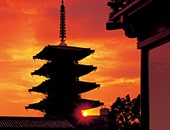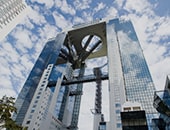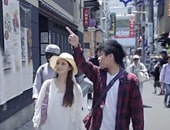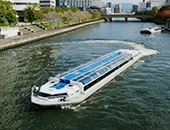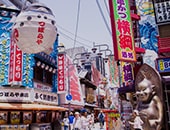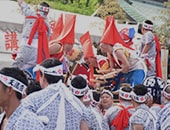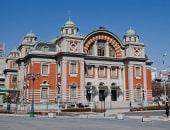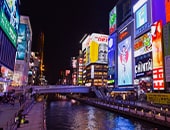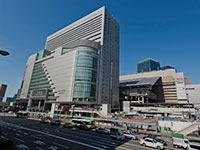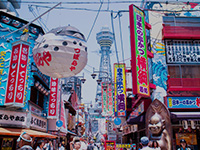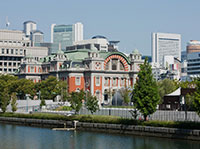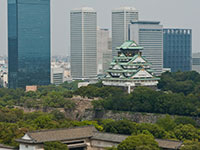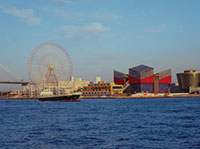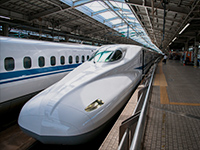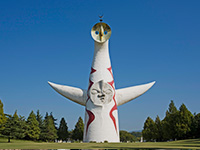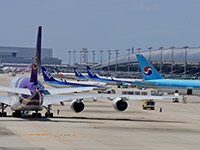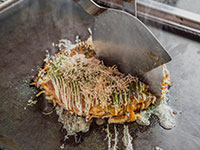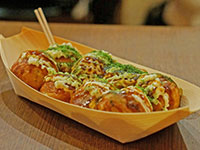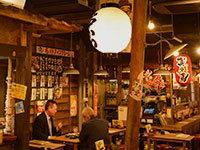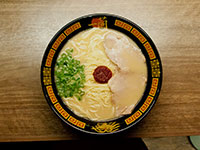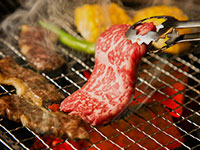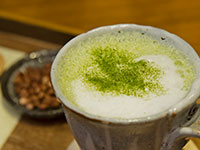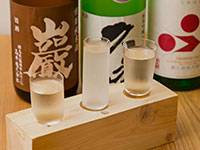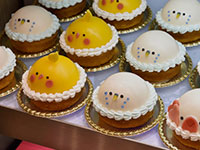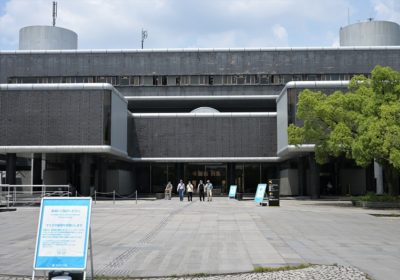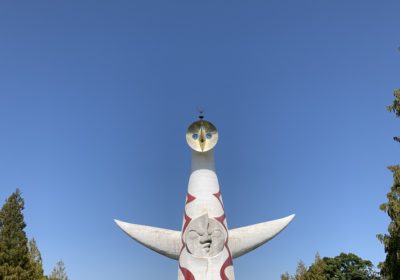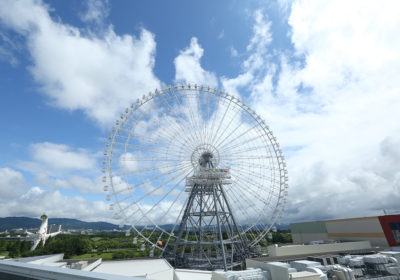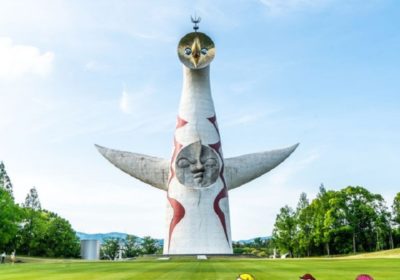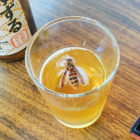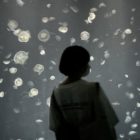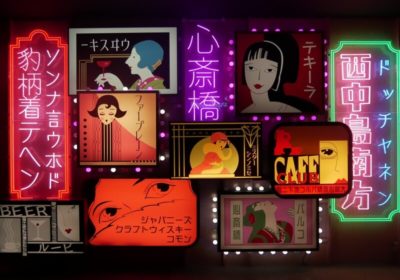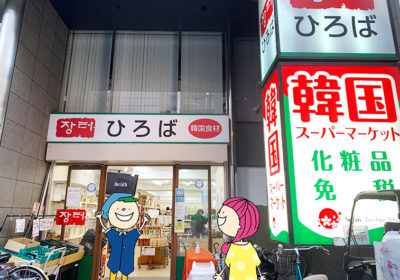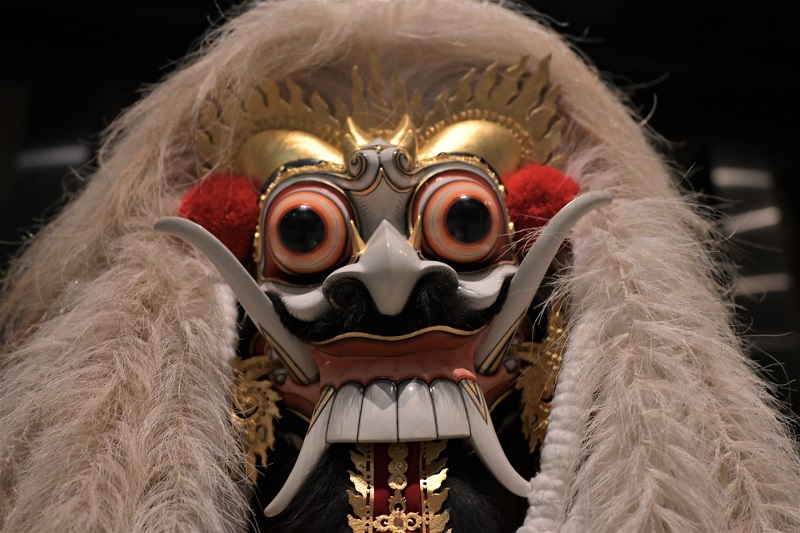

Supporter
See the world through a thousand lenses!
Exploring the National Museum of Ethnology
The National Museum of Ethnology aka Minpaku is an amazing cultural facility located in the north corner of Osaka Expo ’70 Commemorative Park, known for its otherworldly sculpture, Tower of the Sun. The museum’s collection of clothing and tools from various regions will take you on an exciting cultural world tour, all from one building in Osaka.
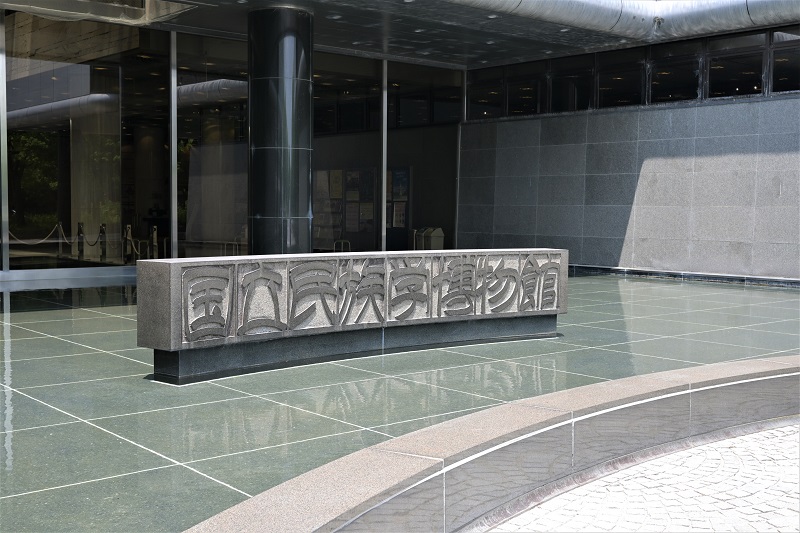
If you grew up in Osaka, you’ve been here at least once on a field trip. And anyone with an interest in world cultures will have been here even more.
The museum collection numbers well over 340,000 pieces, with approximately 12,000 items on display. That’s pretty amazing, when you think about it.
And, you’re allowed to photograph almost everything!
It’s a great place to visit with friends, family, or even on a date. The museum has so much to offer, I couldn’t possibly show you everything. But I did my best to capture it in pictures. So take a trip around the world with me and get ready for your trip to the museum.
[Contents]
An amazing museum, right in the middle of Osaka Expo ’70 Commemorative Park
The National Museum of Ethnology, aka Minpaku, is actually located inside the park. The easiest ways to get there are to either walk from Bampaku-kinenkōen Station on the Osaka Monorail or go by car.
I took the monorail and walked from the station. It took less than 15 minutes and was a nice walk through the park. When you get out of the station the crowd splits into two, people heading for Expo City and people heading for Expo Park. I obviously was in the latter group.
When you enter the park, there is an admission fee, but if you purchase a ticket to the museum, park admission is included. It’s a good deal too! Museum tickets are only ¥580 for an adult and anyone High School aged or younger is free.
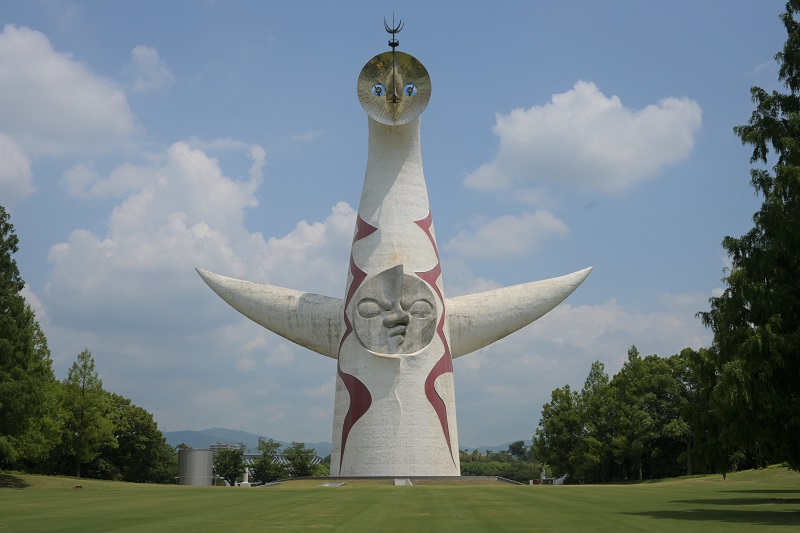
As soon as you walk into the park, you’ll be greeted by Tower of the Sun.
I can’t tell you how many pictures I have of this same structure from this same angle. There’s something about it that just beckons me to document every time we meet.
You can actually take a tour of the inside of the sculpture. Prior reservations are required, so I couldn’t go in this time, but next time I hope.
To get to Minpaku you just head North past the Tower of the Sun and it takes about 5 minutes from there.


Here we are!
It is technically “a graduate university that conducts ethnological research of societies and cultures around the world, which has also functions as a museum.”
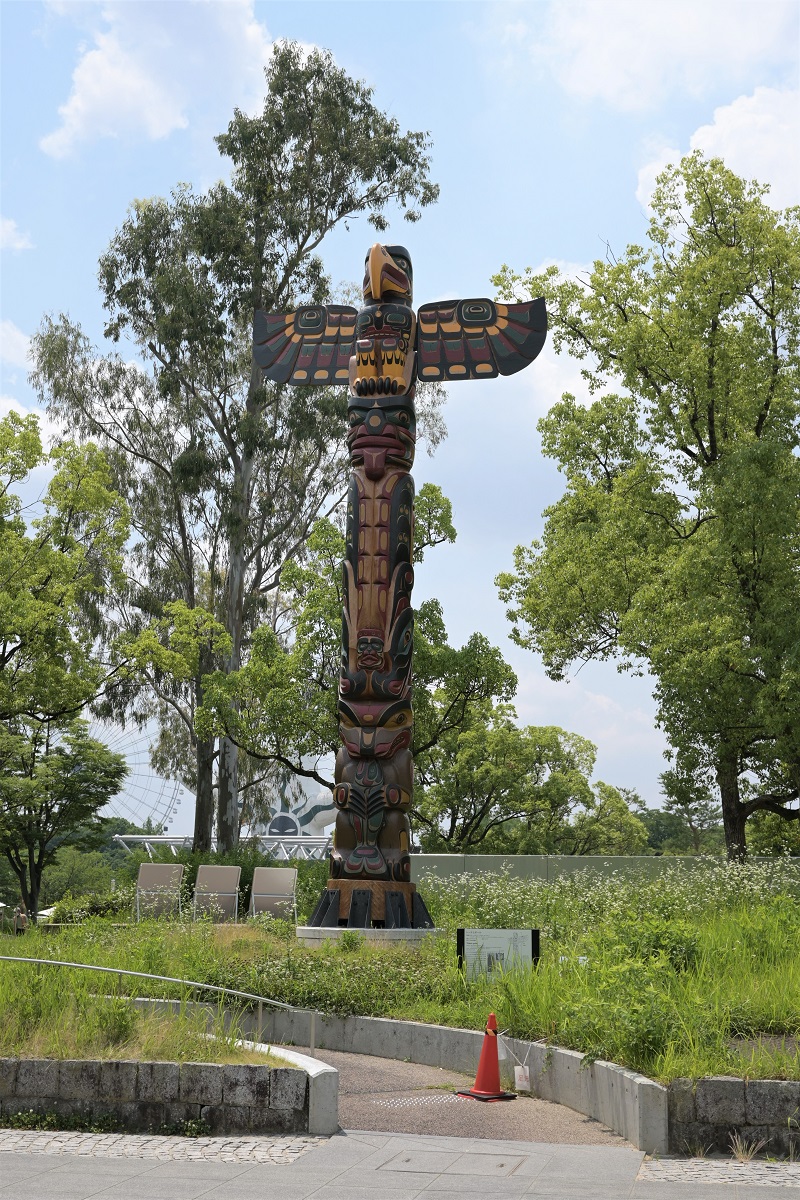
You’ll see amazing stuff like this Native American totem pole.
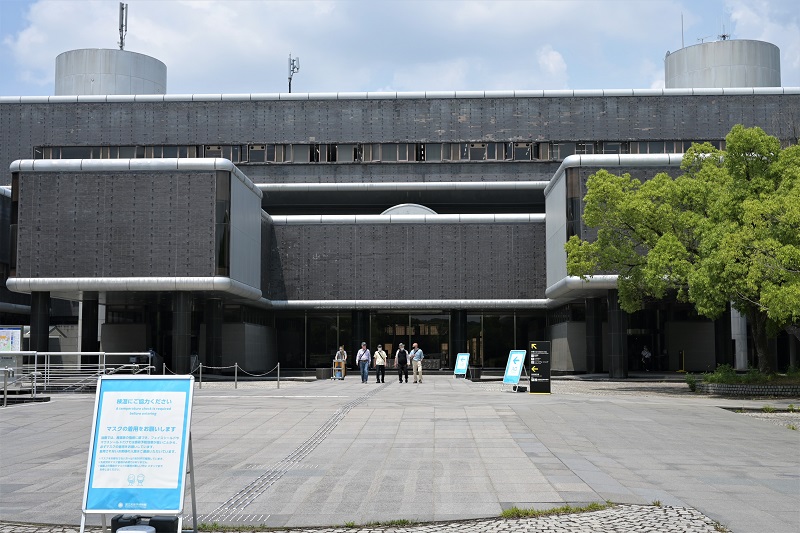
I haven’t even gotten in the building yet. I can’t wait to see what’s inside.
Cute, scary, delightful, and fun… There’s so much to see
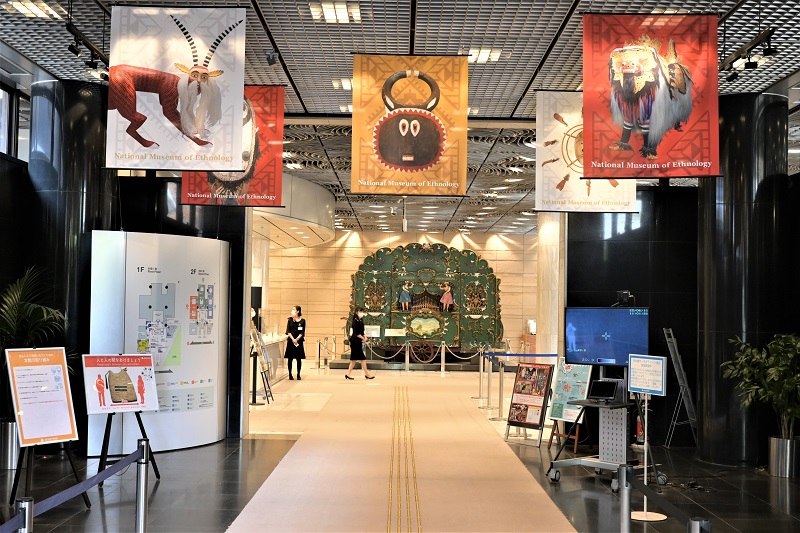
This is the entrance. I headed up to the exhibition area on the second floor.
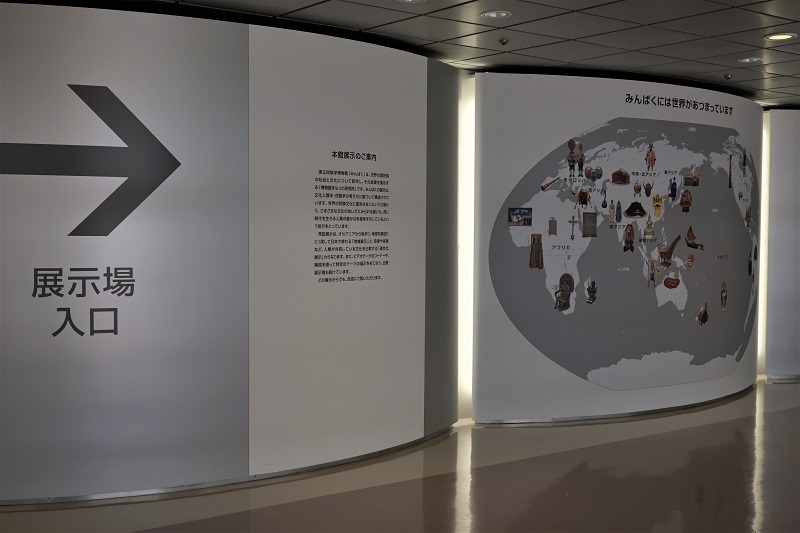
The exhibitions start with Oceania and move on through America, Europe, Africa, West Asia, South Asia, Southeast Asia, Central/North Asia, East Asia, Japan. The layout lets you circle the globe heading east.
It’s like a mini trip around the world! According to the museum pamphlet the trip is only 5 km. The trip takes about one hour and a half.
To be honest, I’ve been here more than once, and I’ve never made it though the museum that quickly. I tend to take a lot of pictures and read the labels and captions near the exhibits. So I guess it depends on the person.
Wear comfortable shoes when you visit because you could be on your feet for a while. And the exhibition rooms are dimly lit so be sure to bring a good camera or phone with good light settings so you can get the best pictures during your visit.

So, here we are in the Oceania zone. This Moai is huge!
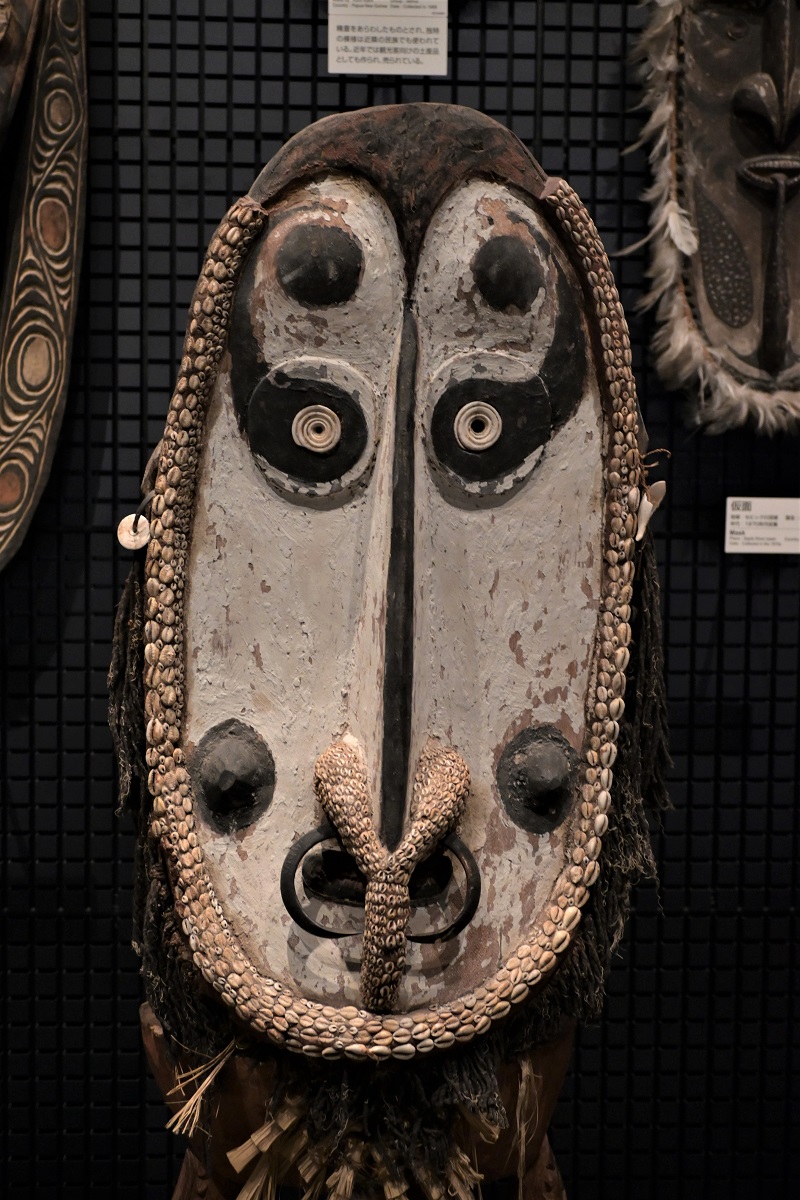
And the masks! This is what Oceania art looks like and it’s amazing.
This zone also has lots of fishing boats and fishing tools, which makes sense. After all they’re surrounded by water.
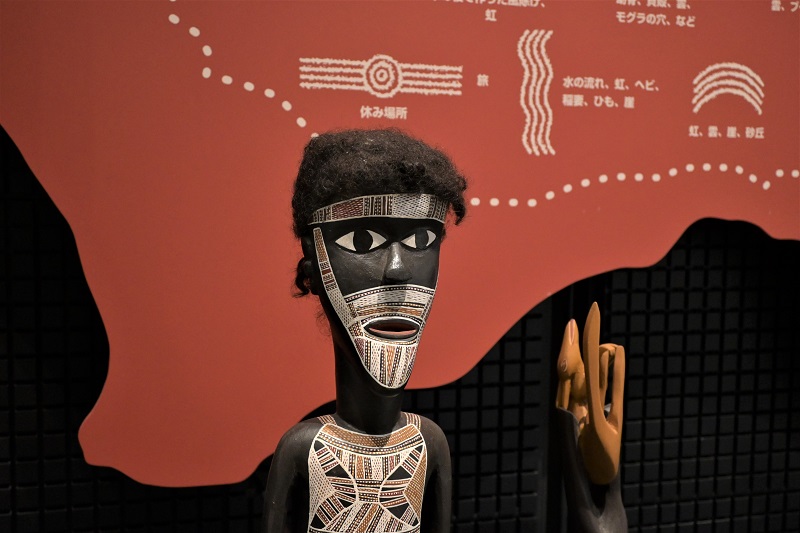
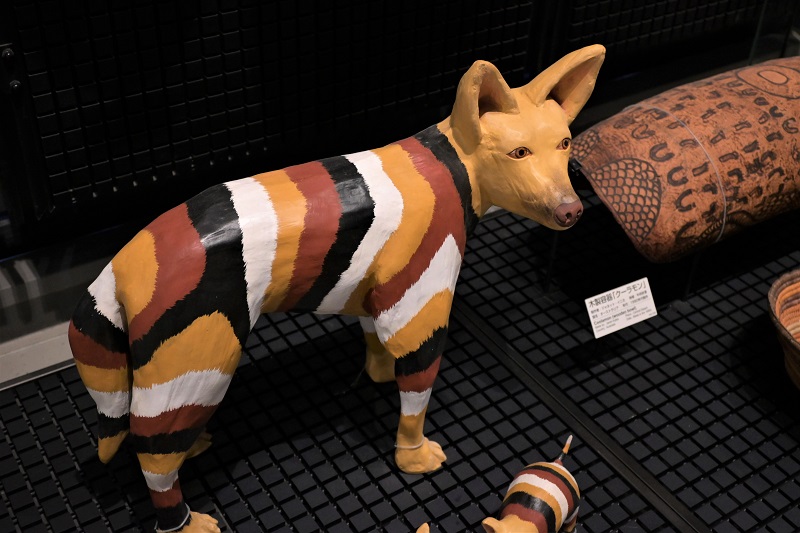
And in a similar style, here are some colorful dingoes.

In the America zone, I came across a group of skeletons living it up with a game of cards…
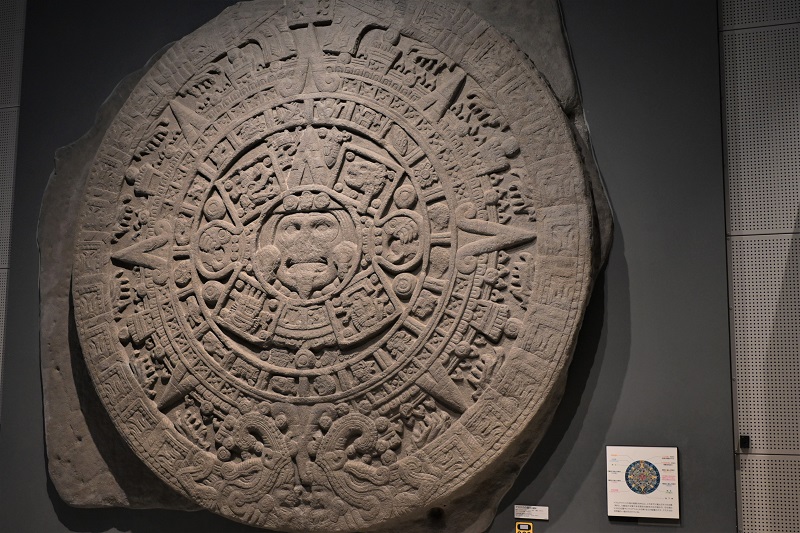
Huge stone carvings like this appear to be from an ancient civilization.
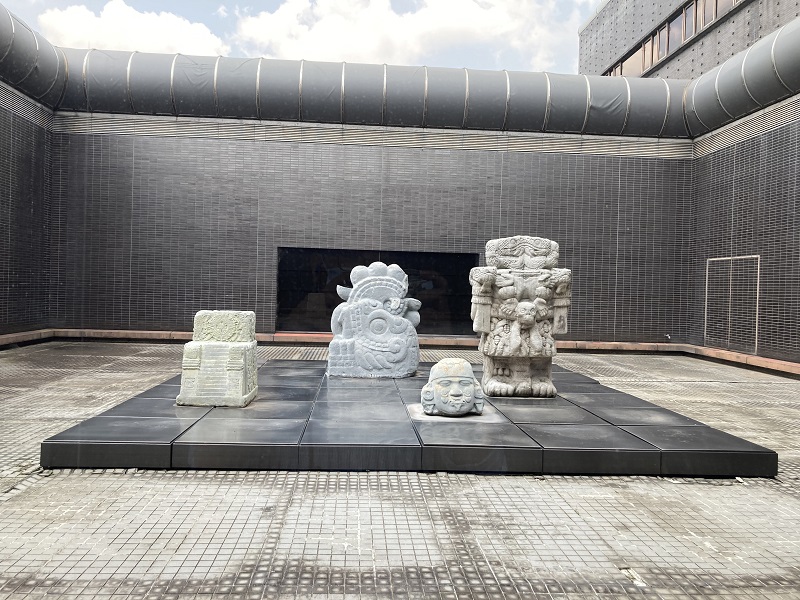
And there were more in the courtyard. It’s like walking into a completely different world.
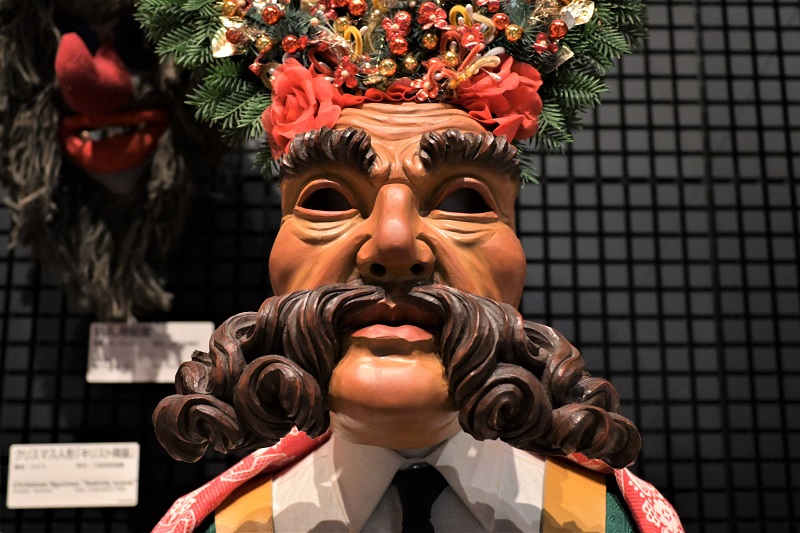
And just look at this mask. And that impressive mustache!!!
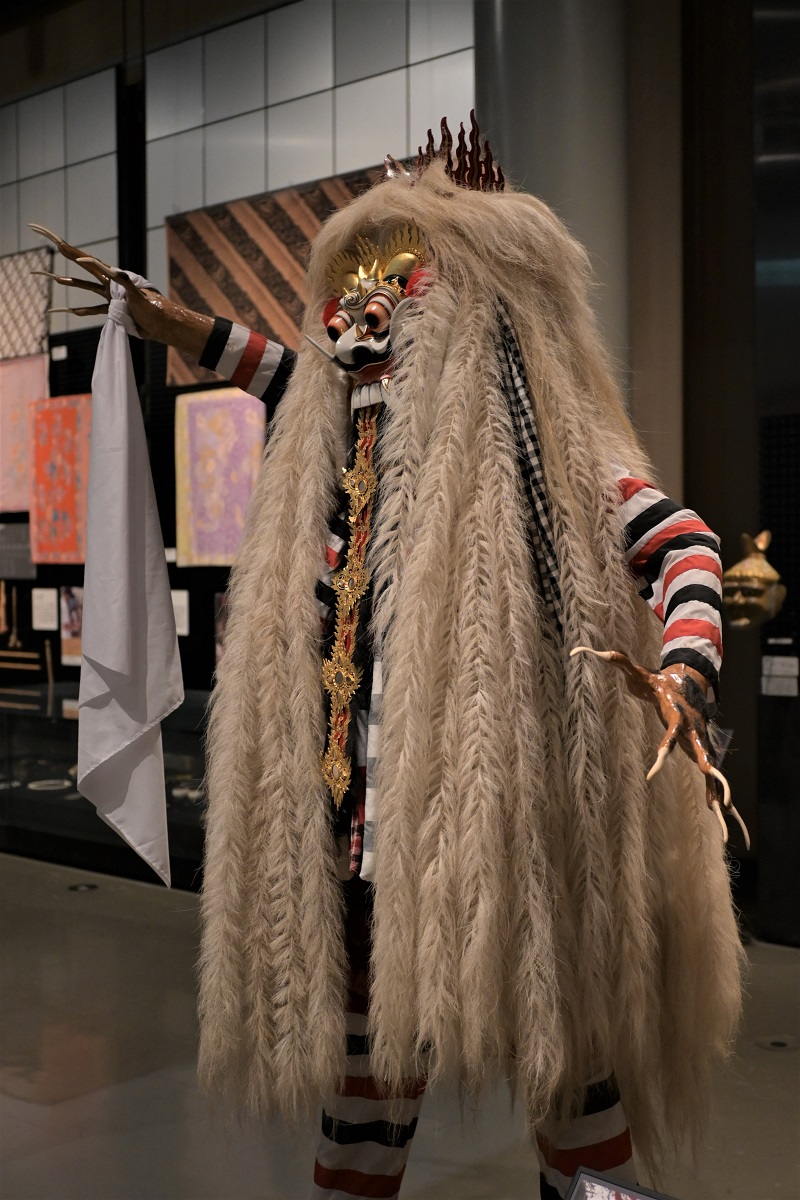
This mythical creature from overseas is particularly terrifying. The hair, the eyes, and those talons. This is not human!
It is an important part of world culture.
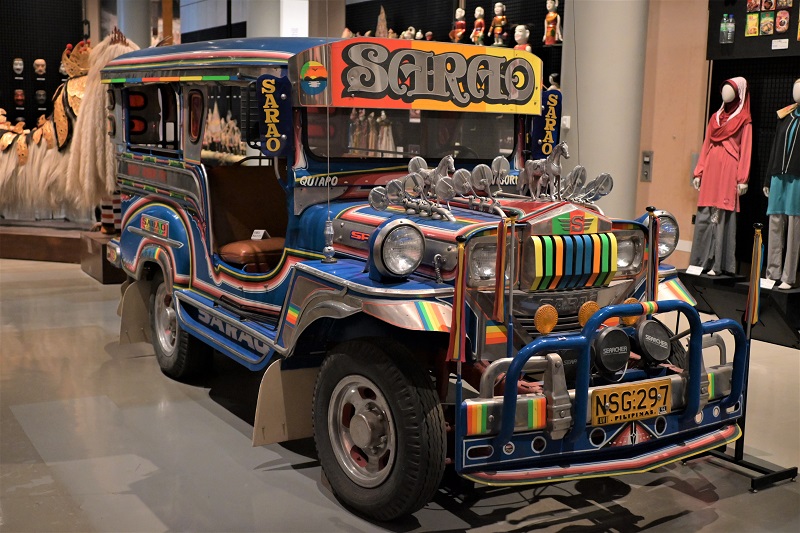
And here we have what I think is a colorful taxi. You can even hop in the back and snap a selfie.
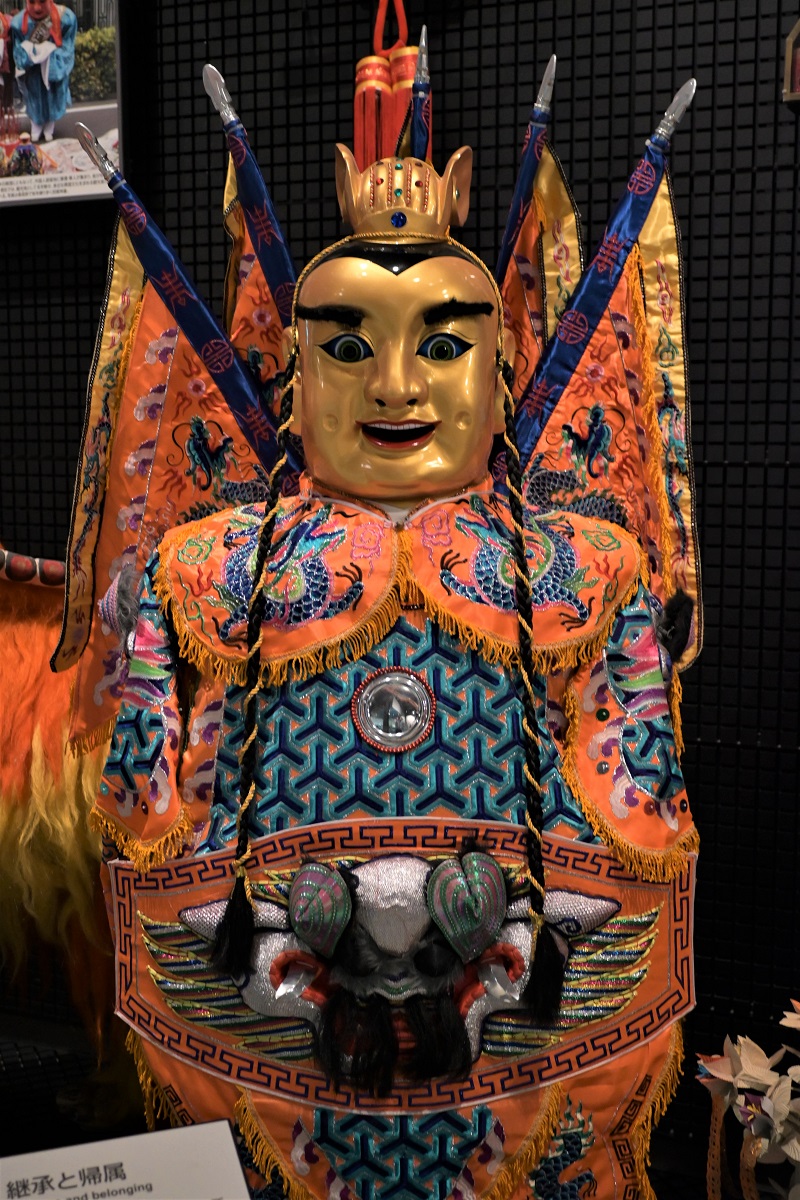
The museum has some relatively new pieces on display too, which show the intersection of tradition and new technology. This piece is called Electric Techno Neon God. It looks like it lights up and would be good at getting a party started.
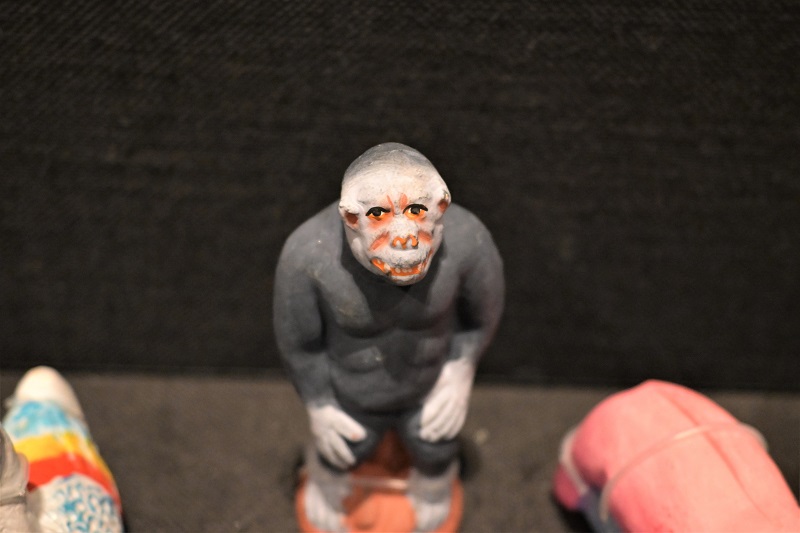
There are handmade pieces too, like this tiny figure. I took a lot of photos of figures and masks, but there were also plate-ware, tools for hunting, headwear, accessories and more. You could spend all day looking at the items and all the different details.
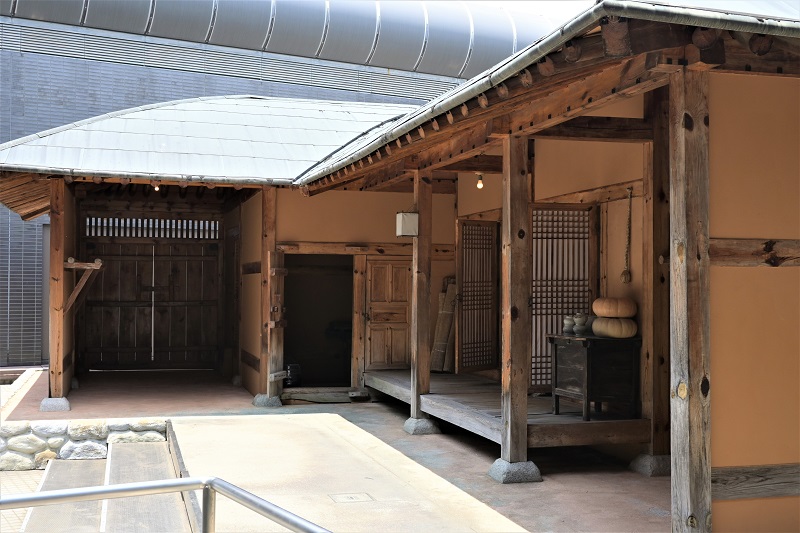
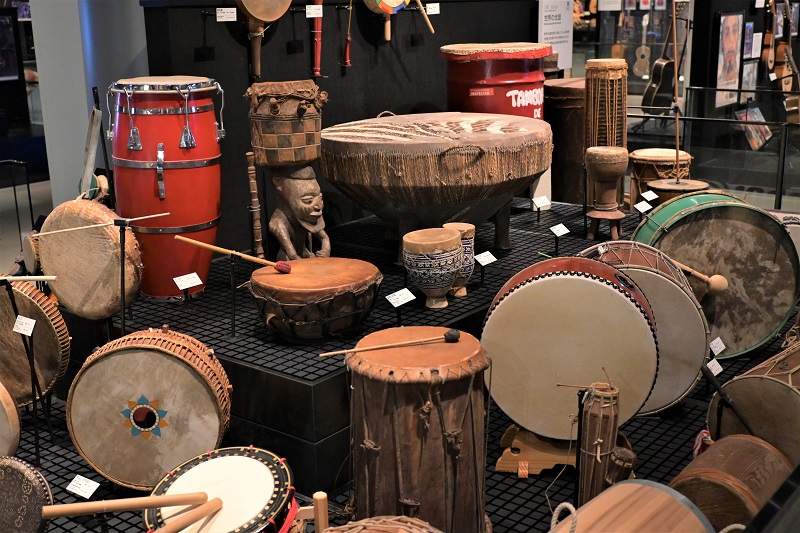
The traditional house is a full-scale model and there are countless traditional instruments too, like drums and string instruments. And you don’t have to leave it all up to your imagination. Video footage of the instruments will give you a good idea of how they’re played and what they sound like.
Once you’re in the museum, you can see how you could spend the whole day here. I picked up my pace here because I wanted to get to the Japanese exhibits and other parts of East Asia. There are some Korean costumes I wanted to see since I watch a lot of K-Dramas.
The Japan Zone in all its glory!
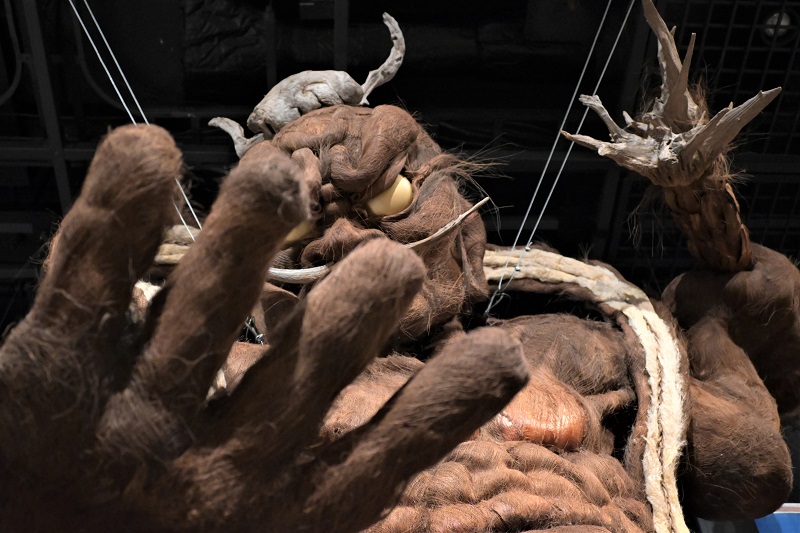
The Japan corner had all the charms that I love about Japanese culture.
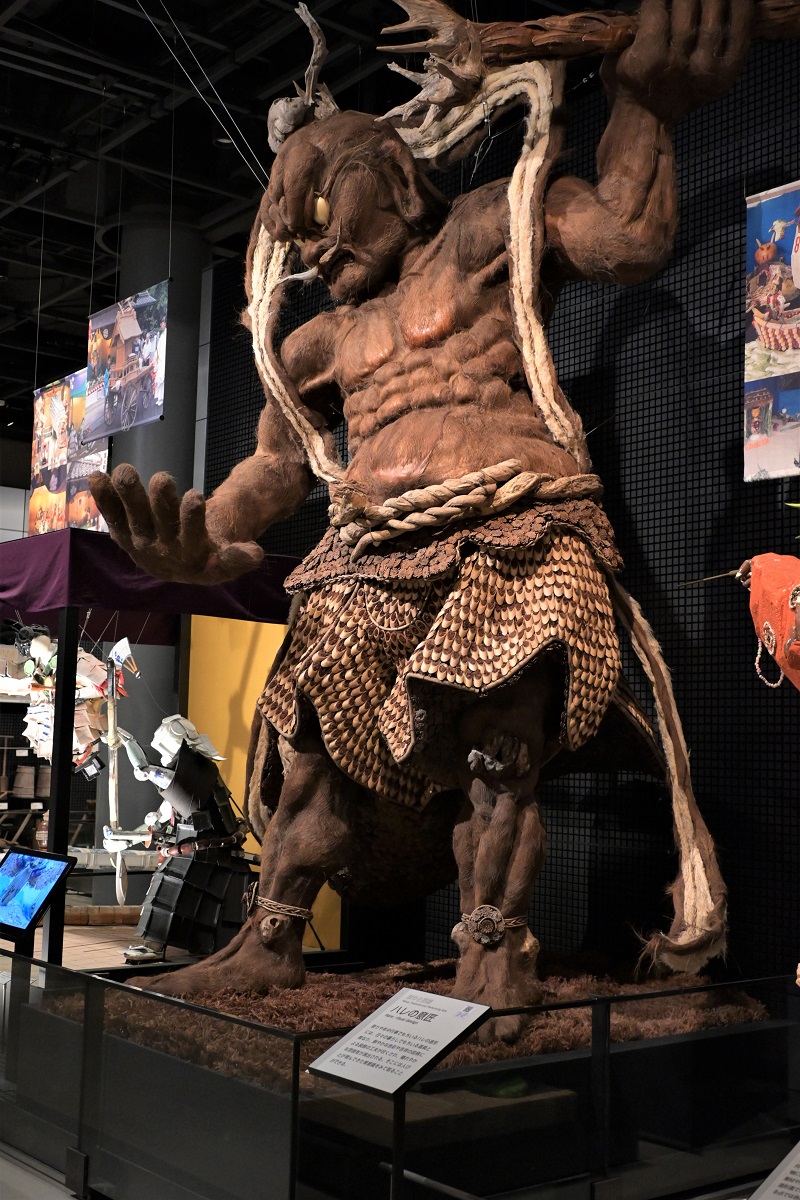
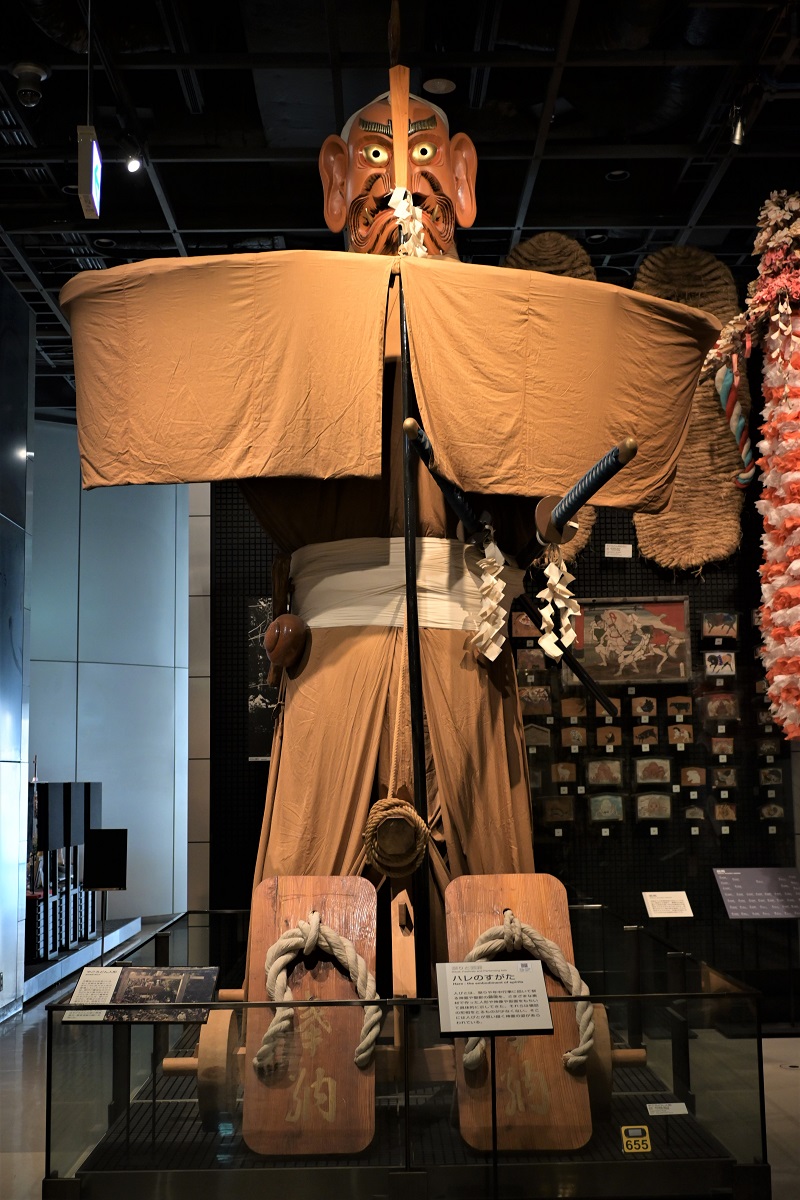
It doesn’t come across well in the pictures, but these two figures were huge. And scary!
You can feel the level of fear involved in Japanese festivals.
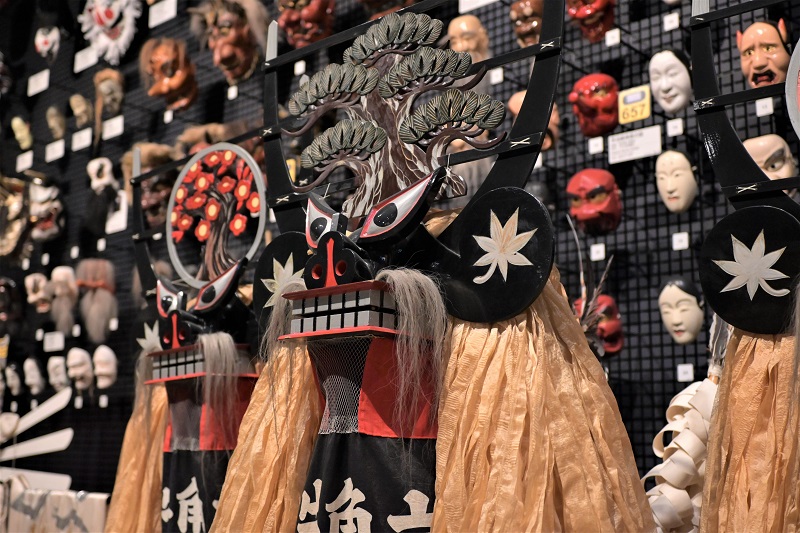
There is an entire wall dedicated to masks used at festivals. And some of them are absolutely terrifying.
There was also a kokeshi (traditional wooden doll) corner, where you could see regional differences in the kokeshi. Plus those huge colorful fishing flags (tairyо̄ bata) are hoisted in another display.
There are so many unique Japanese cultural artifacts on display. I was really impressed!
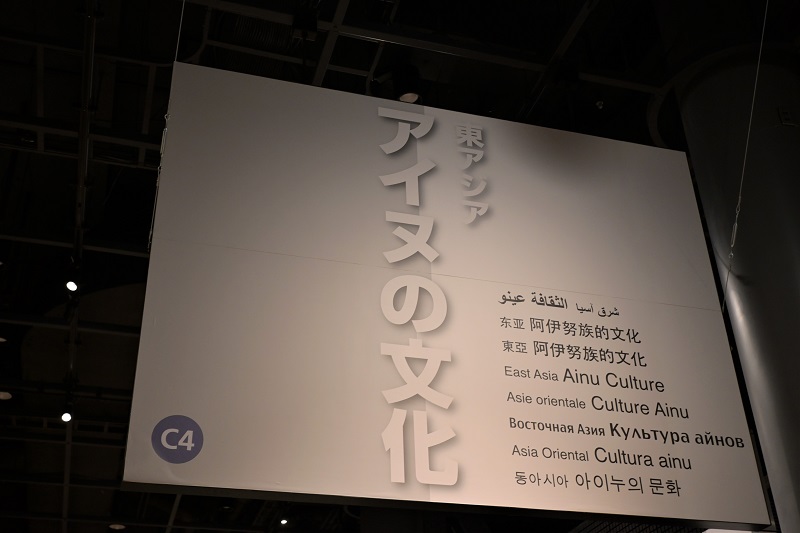
In another corner, traditional Ainu items are on display.
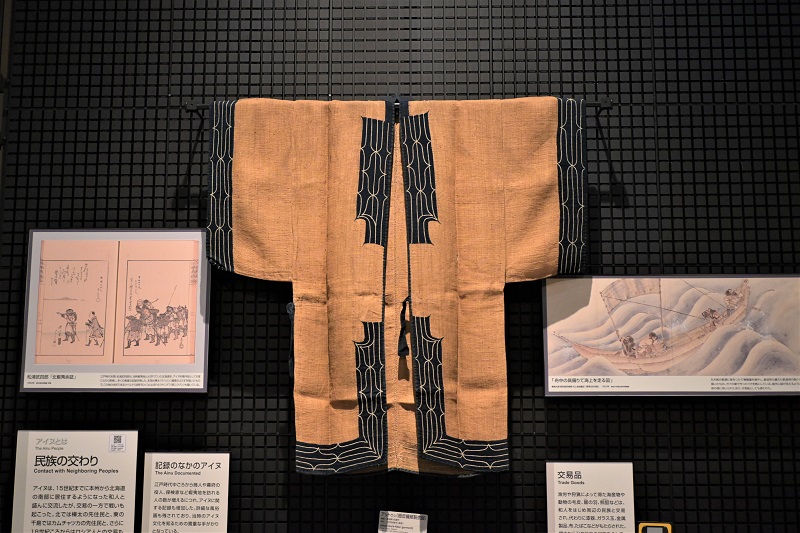
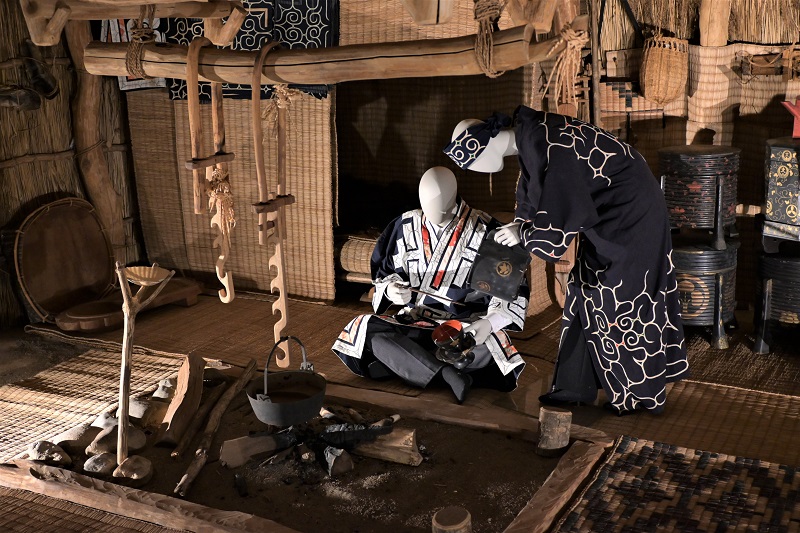
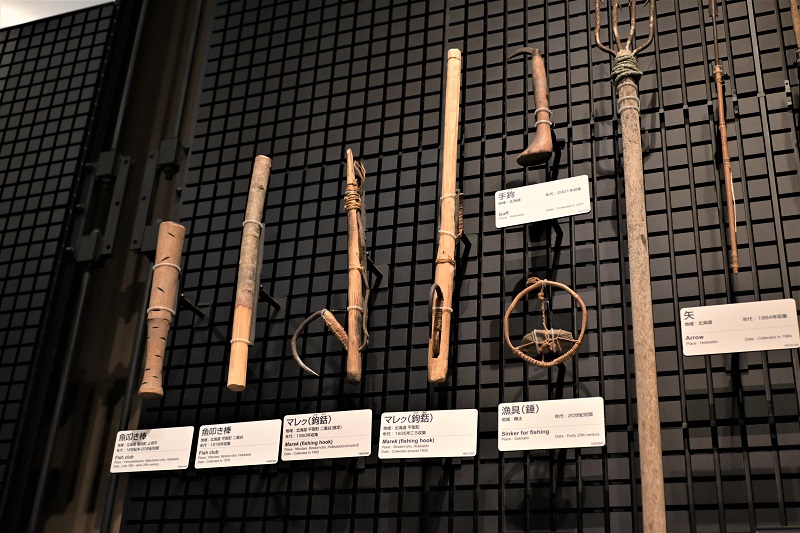
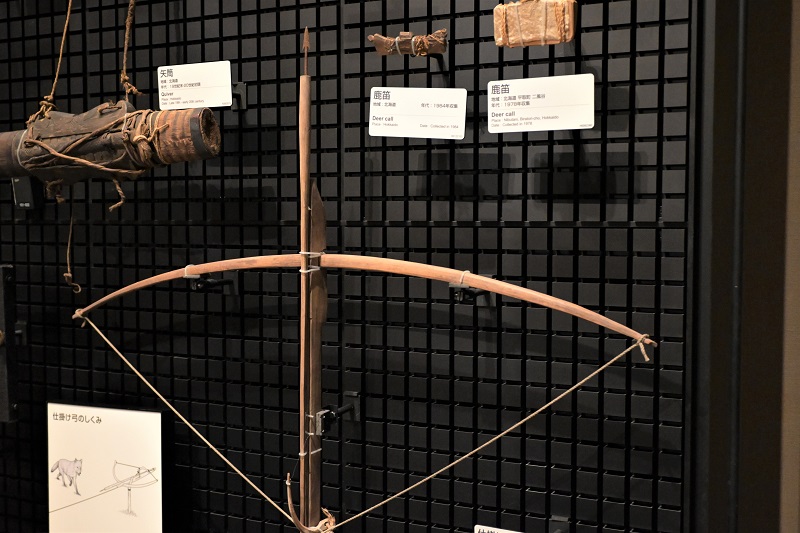
Some of these tools, I’ve seen in the Golden Kamuy manga. The fishing spears and traps are so interesting to see in person. It’s a rare chance to see this sort of thing in the Kansai region.
I only had a brief look at the displays, but if you really got into it and listened to the audio guides or watched the accompanying videos, you could be here for a week. There’s really a lot to see!
Plan a visit ASAP. It’s so worth it!
The National Museum of Ethnology is a major cultural institution in Osaka. It’s a sort of sleeper attraction. Most people from this region have been here once and it’s interesting enough to draw visitors from other parts of Japan and overseas.
Museum pamphlets are available in 4 languages, and there is a children’s pamphlet available in Japanese as well.
If you’re looking for somewhere to spend the day and take in a lot of different world-views, this is the place for you. It is also just fun to take pictures. You can see so many types of clothing, masks, and a whole array of tools. The museum will leave you with a hunger to know more and with a fresh perspective on the world around you.
I’m pretty sure the exhibits change fairly regularly too. The major pieces and general themes stay the same, but every time I visit I’m always surprised to discover something new. It could also be that there is so much to take in, I just notice something different. Either way, I’m never bored.
Plus, if you’re here visiting Expo City, the museum is nearby so it is an easy side-trip to make.
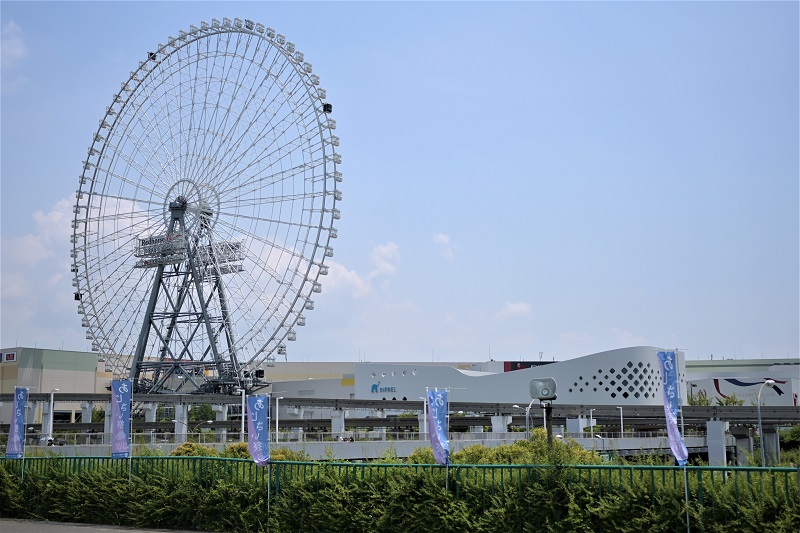
I stopped at Expo City for dinner on the way home, which is convenient and there’s a lot to choose from. The ethnology museum is a fun place for kids, and lots of fun even when you’re a grown-up. Definitely put this on your list!

Supporter
The contents of this page were current at the time it was posted, but may differ from the present.
Text visible in this map is based on information from Map Tiler and may differ from actual geographical names.

